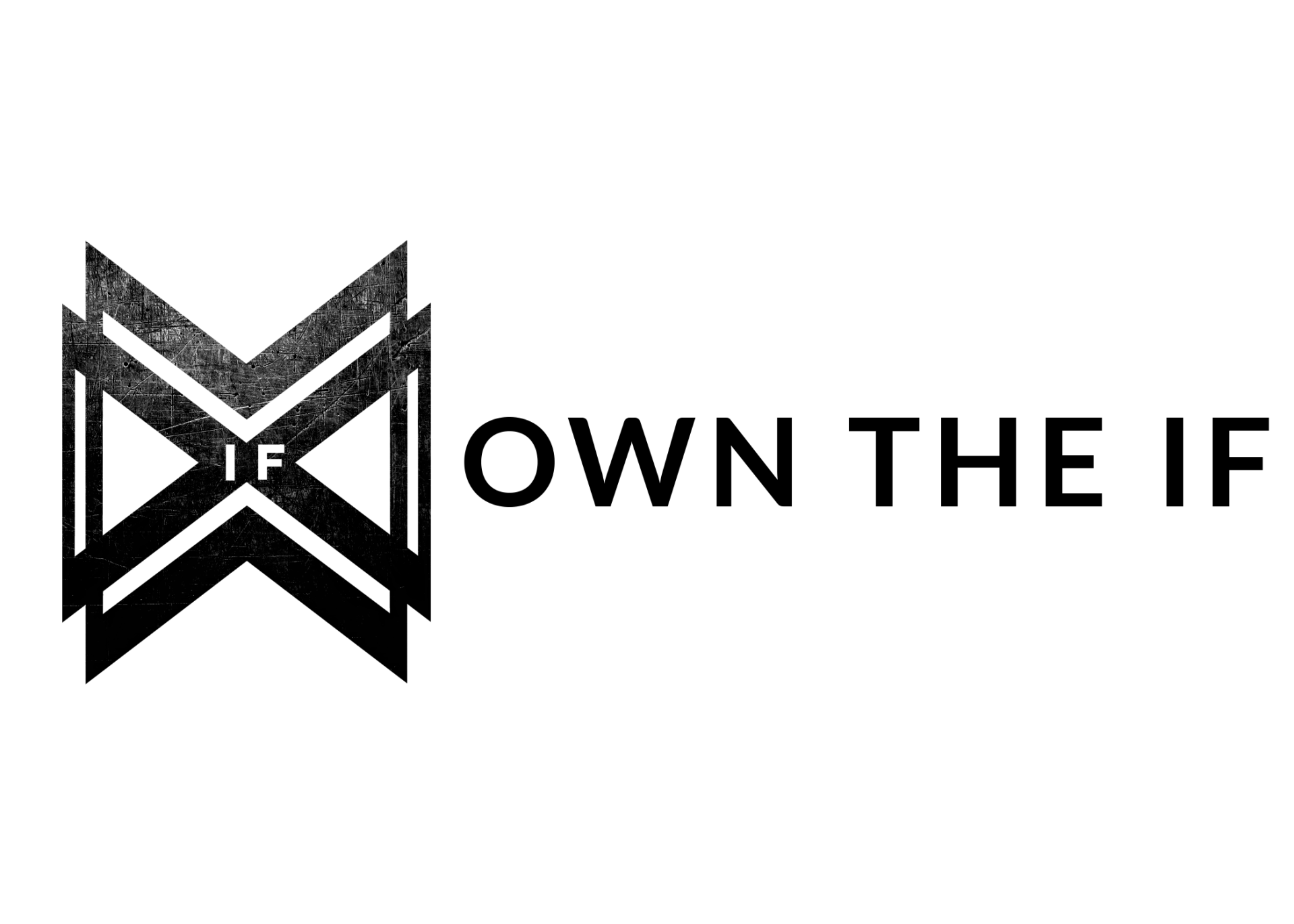I have a confession to make—I'm afraid of the dark. Especially when I'm alone in dark woods, where my imagination runs wild, conjuring up shadows of unseen terrors lurking behind every tree. This fear has followed me since I was a kid, fueled by my love of creepy stories and horror movies—why are they always set in the woods? Over the years, I’ve made some progress, though I’ll admit I still don’t love being in those settings. But I can now actually make it through a walk or camping trip without feeling overly stressed or panicking. It wasn’t an overnight transformation—it took patience, setbacks, and a commitment to face my fear head-on.
Turns out, there’s a name for this process I’ve unknowingly been doing...Exposure Therapy.
In my case, it was a more self-guided, less extreme version of exposure therapy that didn’t require professional oversight. The idea is to gradually face your fears or anxieties at your own pace. You expose yourself to the situations or things that scare you, but you do it in a way that feels controlled and safe. Start with something that’s only a little uncomfortable, and then work your way up to more challenging scenarios. By regularly confronting those fears, the intensity of your anxiety starts to fade over time.
This kind of self-guided approach can help with everyday fears—whether it’s a fear of heights, public speaking, spiders, driving on the highway, flying, or even being in the dark woods like me. The key is that you're building resilience and confidence through deliberate, slow exposure.
DISCLAIMER: This does not replace medical advice. If your fears are severe or really interfering with your daily life, it's critical to seek help from a therapist or counselor who specializes in exposure therapy.
Why You Might Want to Try This
Living in fear can be exhausting. It can limit your ability to enjoy life and hold you back from experiences that could bring joy, growth, or even peace of mind. Maybe you avoid traveling because you're scared of flying, or you miss out on social opportunities because public speaking ties your stomach in knots. Or maybe, like me, you want to reclaim your sense of calm when facing something as simple as a walk in the dark.
Exposure therapy offers a path forward. By slowly confronting the things that scare us, we get to experience life more fully and on our terms—not dictated by fear.
Tackling your fears through exposure therapy can lead to:
Greater Confidence: Each small victory builds your belief that you can handle more.Reduced Anxiety: As your brain learns that the situation isn’t as dangerous as it initially thought, your fear response starts to diminish.Improved Resilience: Over time, you become more comfortable facing discomfort, which can help with future challenges, both big and small.Increased Freedom: No longer being limited by fear opens doors to new opportunities and experiences.
It’s not about becoming fearless—it’s about having fear, but still choosing to move forward.
How It Works:
- Identify the Fear: Start by zeroing in on the specific fear or phobia you want to tackle.
- Create a Fear Hierarchy: Work with a therapist, coach, or even a trusted person (or do it on your own) to make a "fear ladder." List different situations related to your fear, starting from the least anxiety-provoking to the most. For example, if you’re afraid of flying, your list might start with looking at pictures of planes, then visiting an airport, and eventually taking a short flight.
- Start Small: Begin with the least anxiety-provoking situation. Stay in that situation until your anxiety reduces and you feel more at ease. The time it takes will vary for each person. Don't rush the process.
- Use Relaxation Techniques: As you face these situations, use relaxation tools like deep breathing, mindfulness, or progressive muscle relaxation to help manage the anxiety.
- Gradually Increase Exposure: When you’ve become comfortable with one step, move up to the next. Increase the intensity or duration of the exposure gradually to keep building your confidence.
- Celebrate Wins: Whether you made it through a picture of a plane or sat through your first short flight, give yourself credit! Acknowledging progress, no matter how small, boosts motivation.
- Seek Support: If things start feeling too tough, don't hesitate to reach out for support from a therapist trained in exposure therapy.
Bringing It Home:
Exposure therapy is proven to be highly effective for tackling specific fears and phobias. Yes, it’s uncomfortable at first (and believe me, there were times I wanted to quit), but with patience, practice, and persistence, the fear starts losing its grip. The biggest win? You gain control over your fear rather than letting it control you.
Remember, self-guided exposure is about going at your own pace. There’s no rush, and it’s vital that you feel safe along the way. The goal isn’t to eradicate fear entirely—it’s to confront it, build resilience, and ultimately live a fuller, less anxious life.


